In today’s fast-paced world, it’s easy to treat clothing as disposable. A tear in our work jeans or a rip in our favorite khakis often sends us straight to the store for a replacement. But what if, instead of tossing them, we gave them new life?
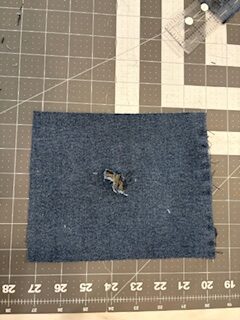
Mending is a skill anyone can learn, though it’s become something of a lost art. Yes, it’s tempting to grab something new on a shopping trip, but there’s real satisfaction in repairing a well-loved piece and making it last.
By repairing what we already own, we save money, reduce waste, and honor the stories woven into our clothes. Plus, there’s something deeply satisfying about turning “ruined” garments into wearable favorites again.
Why Learn to Mend?
- Save money: One patch can extend a garment’s life by years.
- Reduce waste: Fewer clothes in the landfill.
- Add character: Each mend tells a story and makes your clothing uniquely yours.
Mending might feel intimidating, but it’s a skill anyone can learn. Below, I’ll walk you through a simple patching method for jeans or work pants.
What You’ll Need
- A sharp pair of scissors
- Scrap denim or other sturdy fabric
- Matching thread
- An iron
- Sewing machine or a hand-sewing needle
Step-by-Step: How to Patch Pants
Step 1: Prepare the hole
Trim away the frayed edges to make a clean shape.
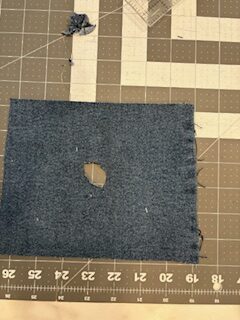
Step 2: Cut your patch
Choose a scrap of fabric about ½ inch larger than the hole all the way around. The patch doesn’t necessarily need to match the exact shape of the tear so long as it’s big enough to cover it.

Step 3: Position the patch
Pin the patch over the hole — either on the inside or outside. (I prefer the front for durability and style.)
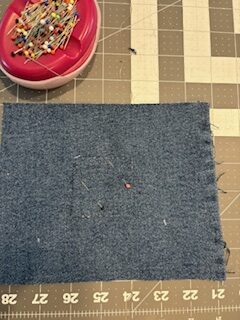
Step 4: Sew the patch
- By machine: Set to a zigzag stitch (width 4.0, length 2.0). Sew around the edge of the patch, keeping your stitches close to the edge. (Use coordinating thread, I used white for the tutorial!)
- By hand: Use a sharp needle and double thread. Whipstitch to catch the fresh cut edges of the patch. When you have sewn around all edges, secure with a knot on the back side of the fabric.
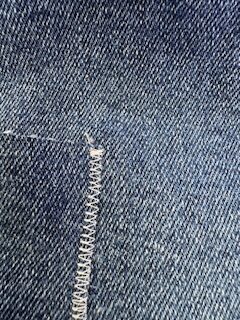
It really is that simple!
Stitching for Sustainability and Stewardship
You’ve now learned a new skill, extended the life of your pants, saved some money, and kept your clothes out of the landfill. So the next time you find a tear in your clothing, reach for your sewing kit instead of your car keys. With just a little time and effort, your efforts will go a long way toward sustainability.
At the end of the day, mending is about more than stitches — it’s about valuing what we have and making it last.
Have you tried mending before? Share your favorite tips or success stories in the comments!




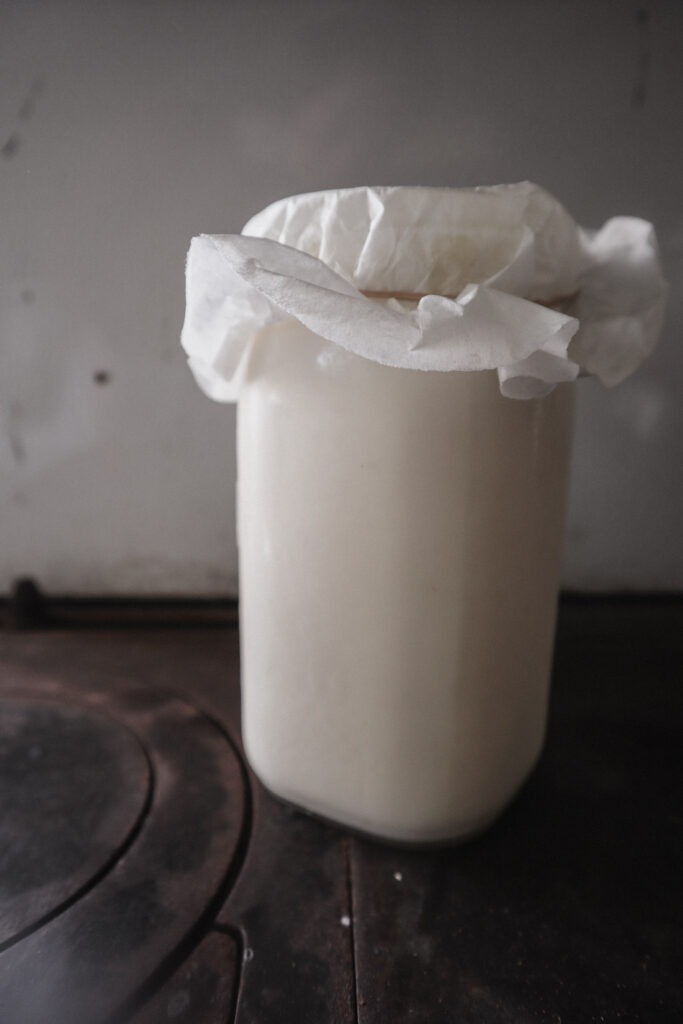


Leave a Reply